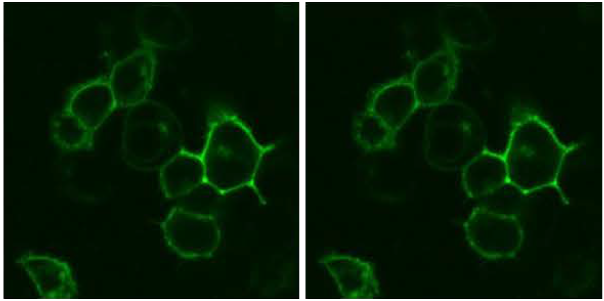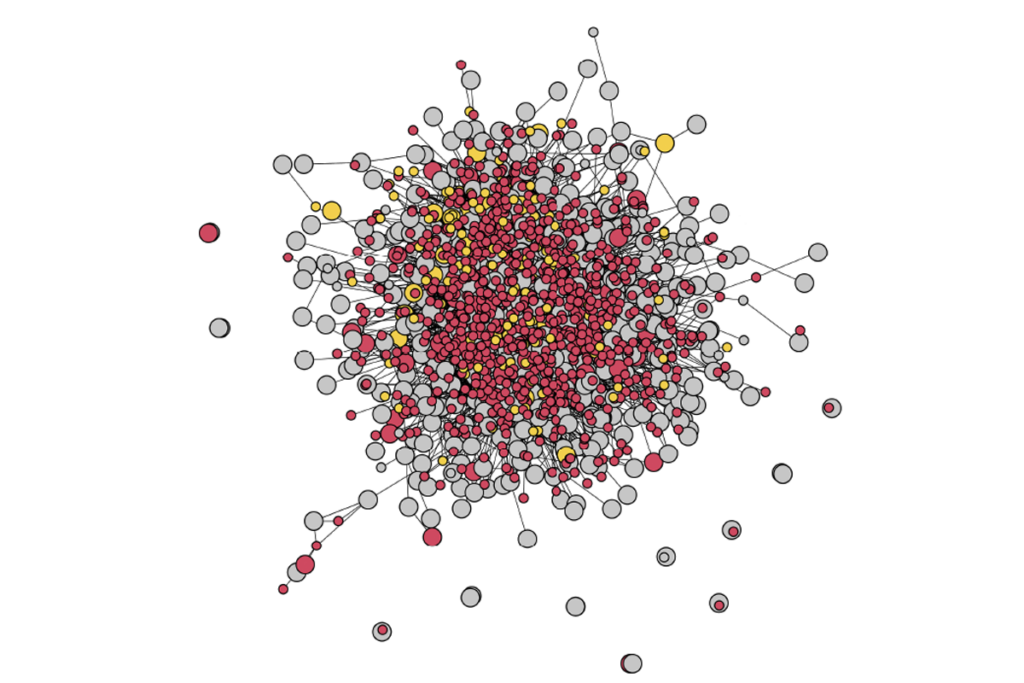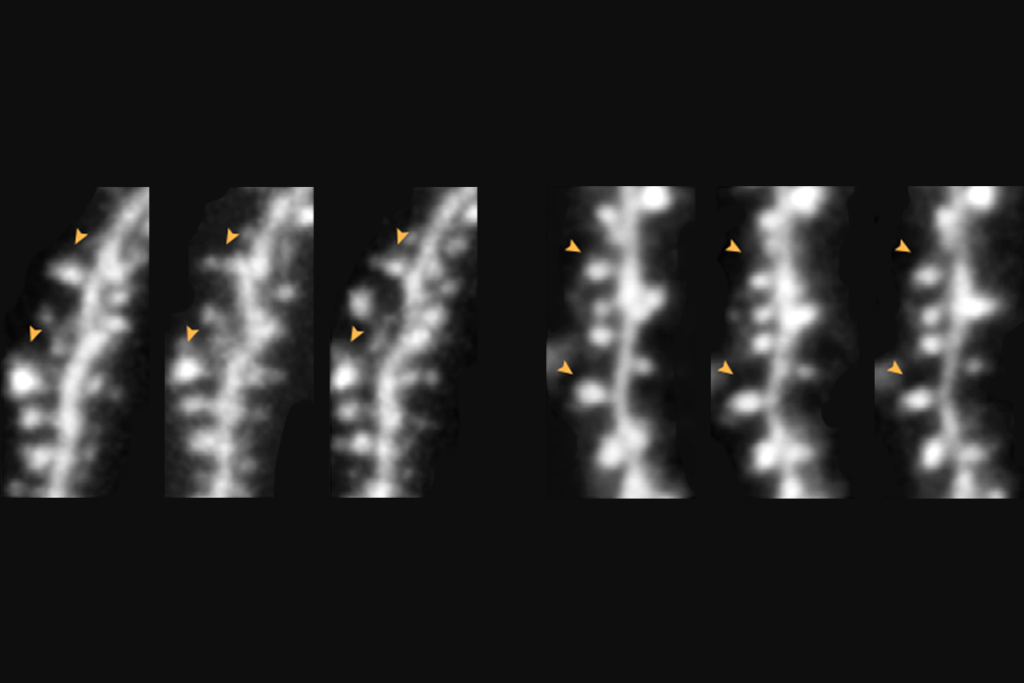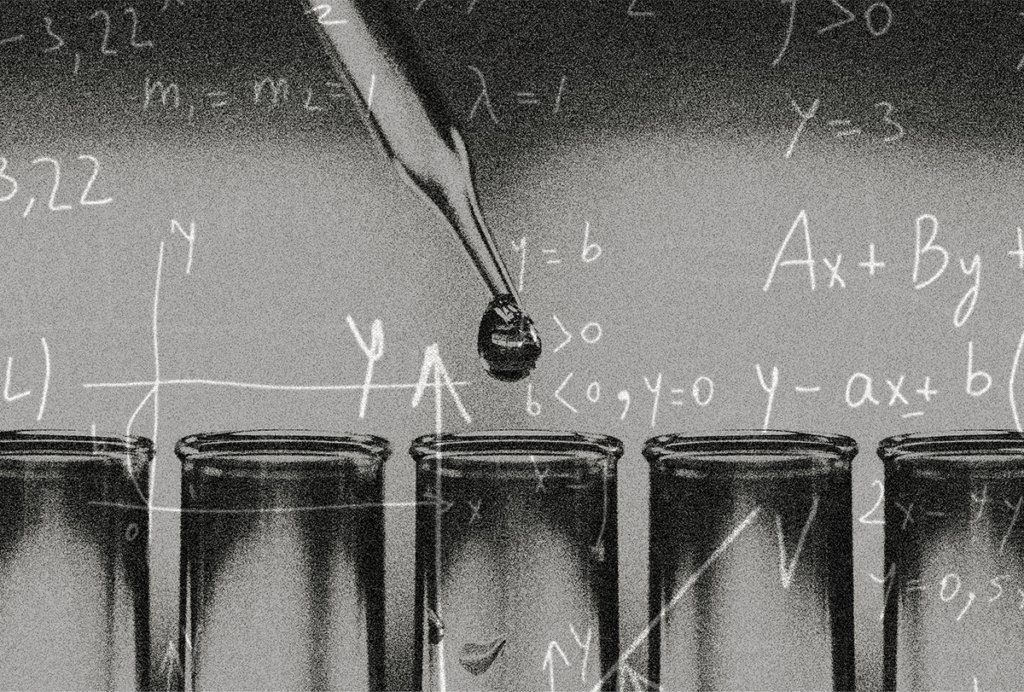
Two new sensors track chemical signals in brains of living animals
Novel sensors enable researchers to monitor the activity of two signaling chemicals in the brains of living fruit flies and mice.
Novel sensors enable researchers to monitor the activity of two signaling chemicals in the brains of living fruit flies and mice. A sensor developed by one team of researchers detects the neurotransmitter acetylcholine, and one from a collaborating team tracks dopamine1,2.
Researchers could use the sensors to better understand the role of acetylcholine and dopamine in various brain conditions, including autism, by tracking them in real time. They might also be able to develop similar sensors for other chemical messengers.
Acetylcholine is thought to mediate learning and attention; glitches in acetylcholine signaling have been linked to autism.
In one study, the researchers endowed a virus with an acetylcholine receptor attached to a green fluorescent protein; the complex glows when acetylcholine binds to it.
They equipped flies with the acetylcholine sensors in their antennal lobes, brain areas that govern smell. They cut holes in immobilized flies’ heads to expose this area, then sprayed vaporized acetylcholine at the flies’ antennae. In the case of mice, the researchers cut windows in the mice’s skulls to expose the visual cortex and injected the sensors into the area. In either case, the researchers used a two-photon microscope to track the fluorescence emitted when acetylcholine bound to its receptor.
The fluorescent signal became larger when the mice saw white circles appear on a screen they were watching. The glow indicated a rise in acetylcholine, which may enable the animals to focus. The results appeared 9 July in Nature Biotechnology.
In a separate study, a collaborating team of researchers modified dopamine receptors with the same fluorescent protein. Dopamine regulates pleasure and motivation, and problems in its signaling may occur in autism. In fruit flies exposed to vaporized dopamine, the sensor enables the researchers to see a fluorescent signal at the molecular level.
The team also tracked dopamine’s release in thirsty mice expecting to receive a drop of water. They inserted optical fibers that transmitted blue light to the dorsal striatum, a brain area governing reward. They then measured the fluorescence resulting from the spike in dopamine as the mice anticipated their reward.
In male mice, researchers monitored the dopamine sensors during sexual behaviors with a female. The amount of fluorescence reflects the male’s level of excitement during the encounter. The work appeared 12 July in Cell.
References:
Recommended reading

Sequencing study spotlights tight web of genes tied to autism

Targeting NMDA receptor subunit reverses fragile X traits in mice

Maternal infection’s link to autism may be a mirage
Explore more from The Transmitter
Alison Preston explains how our brains form mental frameworks for interpreting the world

Calculating neuroscience’s carbon cost: Q&A with Stefan Pulver and William Smith
